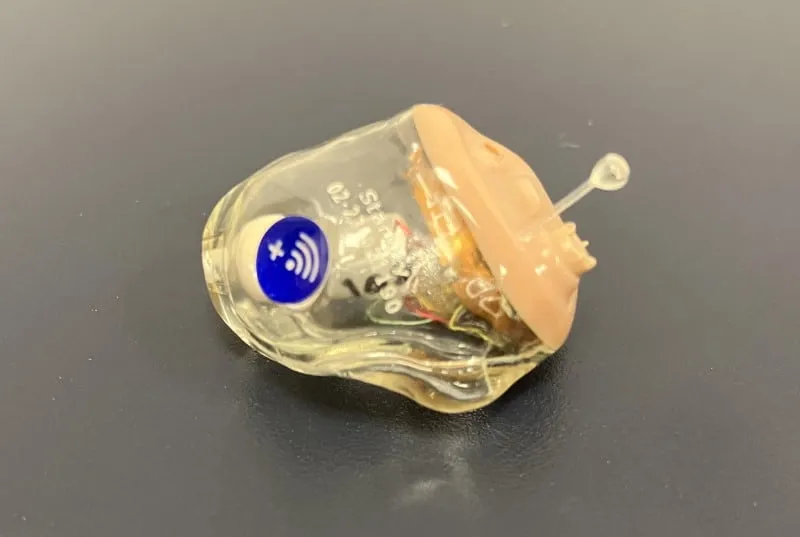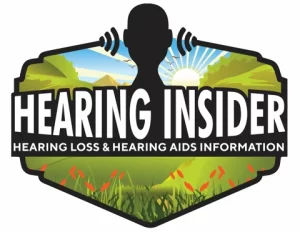Cookie bite hearing loss is a relatively rare type of hearing impairment that affects a person’s ability to hear sounds in the mid-frequency range. This type of hearing loss is so-called because of the distinctive pattern that it creates on an audiogram, which resembles a bite taken out of a cookie. It is also similar to reverse-sloping hearing loss.
While there is no cure for cookie-bite hearing loss, hearing aids can be an effective solution for many people. However, it is important to select the appropriate hearing aids to address the specific needs of this type of hearing loss.
I will provide an overview of the best hearing aids for cookie-bite hearing loss. By discussing the various types of hearing aids available and the features that are most important for this type of hearing loss, readers will be better equipped to make an informed decision about which hearing aids are right for them.
I will highlight some of the top hearing aids currently available for individuals with cookie-bite hearing loss, based on my opinion as I am an audiologist who has fit hearing aids for the last dozen years.
Types of Hearing Aids for Cookie Bite Hearing Loss
Most hearing aid users have good low-frequency hearing, this is the opposite for a cookie bite or reverse-sloping hearing loss. With this hearing loss, you need an occluded ear (meaning you need an earmold). Open-fit style hearing aids will not work well.

In-the-ear (ITE) hearing aids
These hearing aids are custom-molded to fit within the ear canal and can be a good choice for individuals with mild to moderate cookie bite hearing loss. ITE hearing aids are discreet and can be a good option for those who are self-conscious about wearing hearing aids. They have a mold in the ear that keeps the low frequencies in the canal and does not let them leak out. See the article on ITE vs RIC types of devices.
Receiver-in-canal (RIC) hearing aids
RIC hearing aids consist of a small device that sits behind the ear and a receiver that sits inside the ear canal. This is the most popular style of hearing aid as it is the most versatile. It can work well for a cookie bite loss but I would not recommend domes. A custom mold will provide the best benefit. RICs are known for providing excellent sound quality.
Completely-in-canal (CIC) hearing aids
CIC and IIC (invisible) hearing aids are custom-molded to fit deep within the ear canal, making them virtually invisible. They are a good option and do not have drawbacks as occlusion is likely not going to be a problem.
Your Audiologist Can Help Guide You
When choosing a hearing aid for cookie bite hearing loss, it’s important to consult with an audiologist who can assess your individual needs and recommend the most appropriate type of hearing aid for you. Each type of hearing aid has its own set of advantages and disadvantages, and your audiologist can help you choose the hearing aid that will provide the best results for your specific type of hearing loss.
Which Hearing Aid For A Cookie-Bite Hearing Loss
Honestly, there is no special hearing aid for cookie-bite hearing loss. You should get the best hearing aid that you can afford. See my current recommendation for the best hearing aids on the market. I would just advise you to have an earmold instead of a dome on the hearing aid. This will allow for additional low-frequency amplification.
A few exceptions to my recommendation article.
- OTC Hearing Aids: Instead of the Lexie B2 powered by Bose hearing aids which only have dome options, I would instead go with the Jabra Enhanced Plus as it will amplify low frequencies better.
- Ranking of Traditional Hearing Aid Manufacturers: Phonak makes the best custom earmold in the business. I would ask your audiologist about a cshell.
Overall, the best hearing aid for an individual will depend on their specific needs and preferences, and hearing aids are best fit by someone who is familiar with the manufacturer and the product. So please choose your audiologist wisely.

